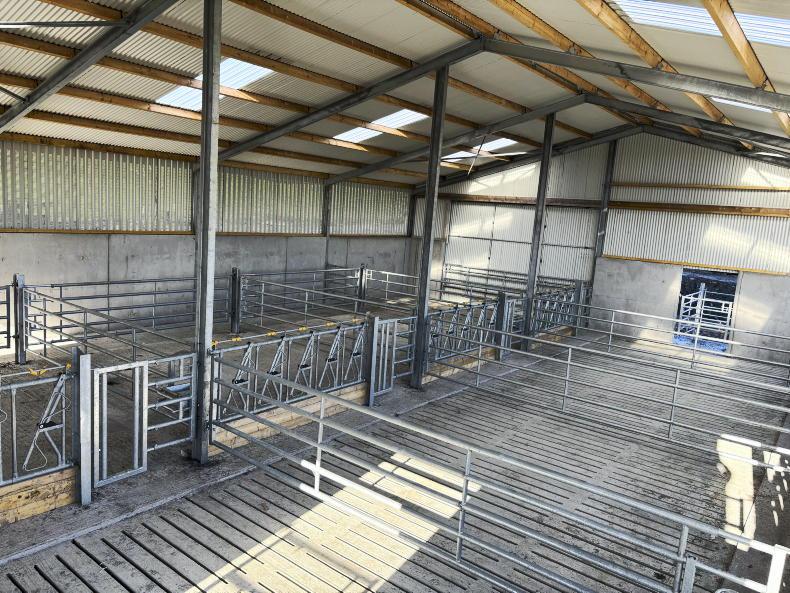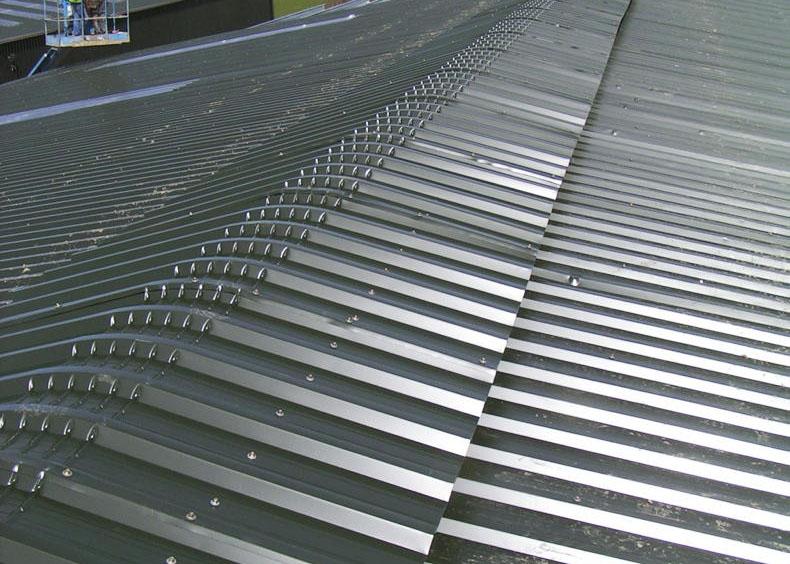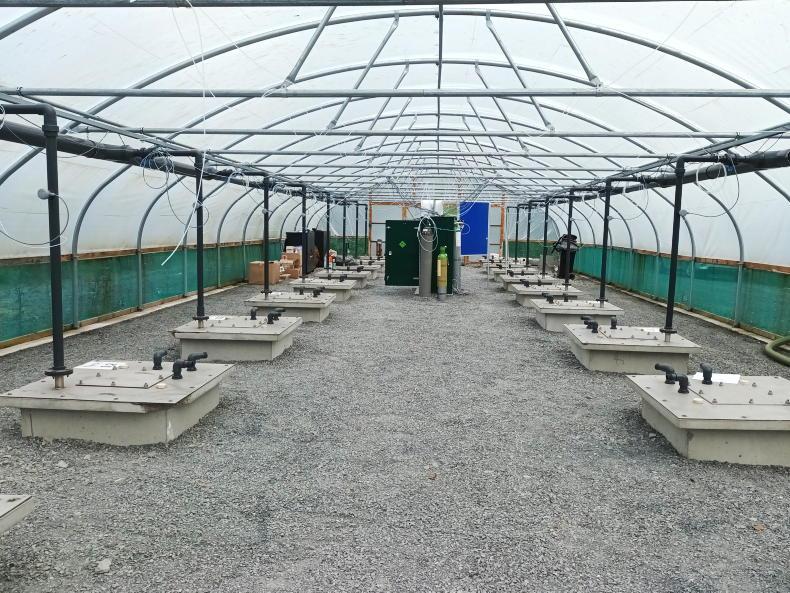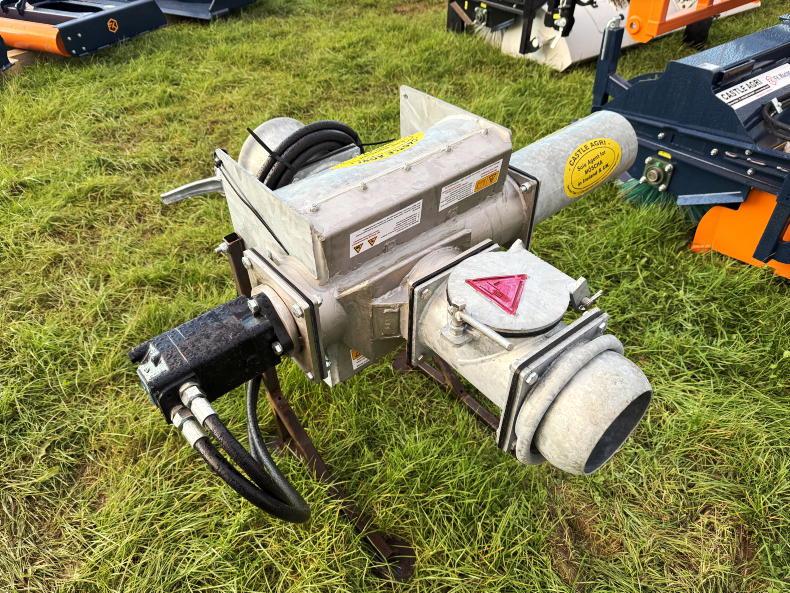With the weather taking a turn for the worst in the last few weeks, some stock have been housed earlier than planned with more likely to head in to sheds in the coming few weeks.
Once stock are turned out in spring, necessary repairs can be put on the long finger as attention turns to field work. However, it’s always simpler to complete work when sheds are free of livestock, so the following checks should be prioritised in the next week or so.
Slats and agitation points
If it hasn’t been completed all ready, slats and cubicles should be power hosed and disinfected. Wetting agents can be used to soften the dried-in dung, with disinfectants used afterwards to kill any remaining bacteria.
The surface of the slat should then be inspected for any cracks or signs of weakness.
Precast slats have a working life of approximately 20 years, with gang slats generally lasting longer than single slats.
It’s vitally important to inspect the underside of the slat, although it is not advised to enter an emptied slurry tank without the necessary breathing equipment.
Slat manufacturers will be able to carry out inspections for you.
Agitation points, especially those located internally or that may have machinery crossing over them, should be checked for any corrosion or signs of weakness, and should be repaired or replaced if needed.
Emptying of slurry tanks/bedding
There is just over a week left to spread slurry before the closed period kicks in (after a 7-day extension was granted). Unless you have ample room to store slurry from last year over the winter period, these tanks should be emptied now on some of the drier fields. Where fields are not trafficable, this slurry may need to be exported to ease pressure on storage
Any bedded areas not already cleaned out should be done so as soon as possible. If this dung has been sitting in pens over the summer months it should be sufficiently composted to be spread straight on to land.
The area should then be treated with a disinfectant prior to cattle entering it again.
Water troughs and pipes
Each pen of livestock should have free access to clean water, usually through a plumbed water trough. Regular maintenance on water systems is needed to ensure they do not leak, and that water can still flow through them freely. Ballcocks should be freely moving and set at the correct level , with fittings checked to ensure they are not leaking. Leaking troughs over the winter period can decrease the slurry storage capacity of tanks and wet bedded areas. Fittings can be tightened or plumbing tape can be used to seal joints. Rubber bungs should also be checked, as these are prone to cracking which may cause leaking.
Lights, electricity and cameras
Adequate lighting in a shed is a must, especially for part-time farmers who carry out feeding and stock checks in the early morning and late evening. Blown bulbs should be replaced, as well as any broken covers.
Where replacement lights are needed, the recommendation would be to install LED lighting. Not only is it brighter and requires less maintenance, but it will also lower energy costs through lower electricity usage.
Calving and lambing cameras should be checked to make sure they are working properly (clear picture, rotating etc.) and serviced if not.
Gates and barriers
All gates and barriers should be properly hung and latching. Any brackets or latches that are bent or damaged can be heated and straightened, or if they are past repairing, they can be cut off and new ones welded back in.
Roofing and gutters
Leaking roofs will wet bedded areas and drip down on livestock lying underneath. Any holes should either be patched temporarily or the sheet removed entirely. Older clear roof sheets are particularly prone to breaking due to degradation from UV rays from the sun.
All gutters should be cleaned, with particular attention paid to the outlet.
Valleys between sheds are notorious for leaking, so check these thoroughly and seal and fix any leaking areas as appropriate.










SHARING OPTIONS